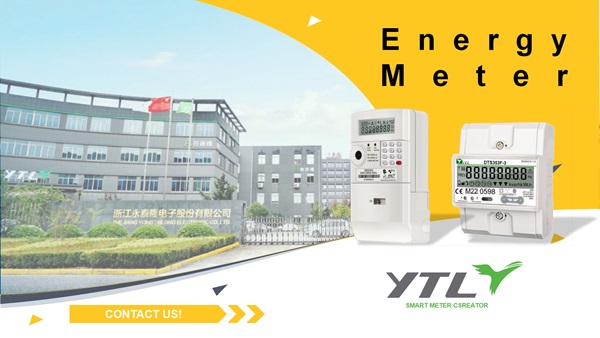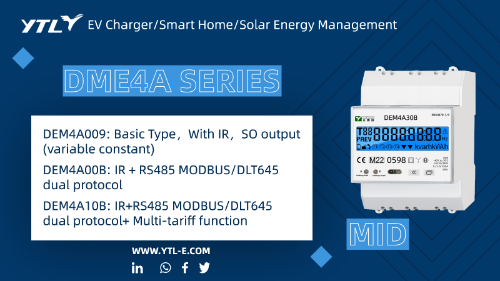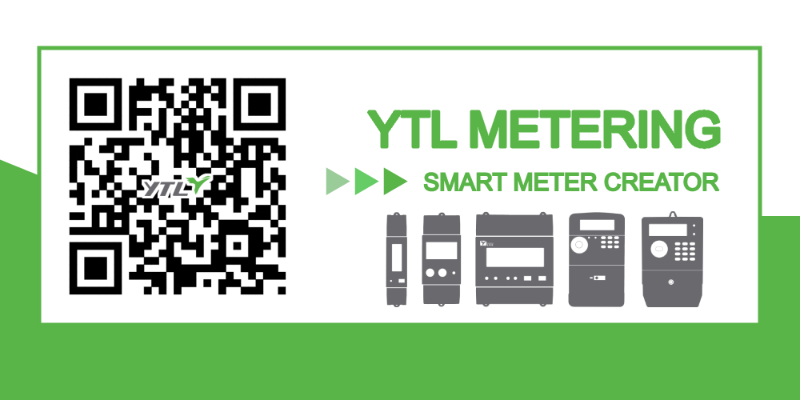What is tariff electricity meter?
Tariff electricity meter is a kind of device used to measure household, commercial and industrial electricity consumption, effectively realize segmented billing, time-of-use billing, and optimize electricity efficiency. The tariff electricity meter is generated to alleviate the electricity load during the peak period and balance the electricity load in each time period; According to the local electricity load curve, the period tariff scheme is formulated, and the tariff and energy meter is measured in different periods according to the local tariff scheme, and the electricity in different periods corresponds to different electricity unit prices, guiding users to use electricity during the period of low electricity prices. The purpose of this is to encourage users to avoid using electricity as much as possible during peak hours, thereby reducing the burden on the grid, saving energy, and reducing the cost of electricity for users.

The segmented metering of tariff electricity meters is mainly realized in the following ways:
Accurate clock: The tariff electricity meter needs to have a clock function according to the time-phased measurement, in order to ensure the accuracy of the tariff electricity meter period, professional clock chips and high-precision crystal oscillators will be used in the development and design. In the standard, the clock error is clearly required ± 1s seconds / day, and most manufacturers will follow ± 0.5s seconds / day as the internal control requirement.
Time period setting: The tariff electricity meter will set different metering periods, usually divided into peak hours, flat periods, and low hours. These time periods are generally set according to the policies of local power companies and governments to adapt to the characteristics of local electricity loads and energy supply. In the tariff electricity meter we often hear 4 tariffs, 8 periods; It means that the tariff electricity meter can meet 4 different electricity price requirements, and can divide 24 hours a day into 8 metering periods.
Display and record: Tariff electricity meters usually have a display or digital display, which can display information such as the current time period, electricity consumption, and accumulated costs. At the same time, it will also record historical electricity consumption information, and users can view past electricity consumption and costs. The tariff electricity meter will accumulate the electricity in the same time period; for example, the time period of tariff 1 is 00-05, the time period of tariff 2 is 05-12, the time period of tariff 3 is 12-19, and the time period of tariff 4 is 19-24;
Meter reading function: In addition to metering electricity according to the set period, the tariff electricity meter has many extended functions. Netural line measurement, event recording, event alarm, firmware upgrade, remote communication, etc., among which the remote communication function is particularly important, which is a channel to realize human-computer interaction. The management department can adjust the time period scheme and read the electricity consumption data in real time through remote communication, which can save a lot of manpower and material resources and realize data-based, intelligent and visual management.
Through technical means such as time period setting, meter reading function, tariff switching and information display, the tariff electricity meter realizes the segmented metering of users' electricity consumption behavior and the dynamic adjustment of electricity fee tariff , thereby promoting the rational utilization of power resources and energy conservation. In the development of smart meters, the function of multiple tariffs is also a standard function and plays an important role in power management operations.

Comments
Post a Comment